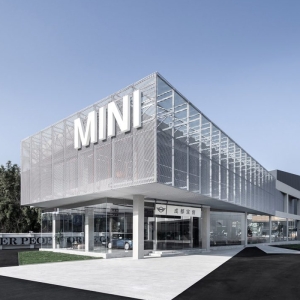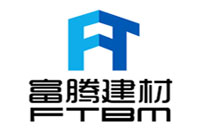In modern construction projects, aluminum veneers have become a widely used building material because of their lightness, durability and diverse decorative effects. However, how to improve the stability and safety of aluminum veneers while ensuring beauty is still an important topic in design and construction. This article will show you how to effectively improve the stability of aluminum veneers through reinforcement spacing design.
The stability of aluminum veneers is a key factor in determining their service life and overall effect. In order to enhance the stability of aluminum veneers, engineers will adopt reinforcement spacing design, which is a method of improving its bearing capacity and anti-deformation ability by setting reinforcement ribs inside the aluminum veneer. Below, we will analyze in detail the principles, applications and how to choose the appropriate reinforcement spacing of this design.
First of all, the design of reinforcement spacing is based on the analysis of the stress state of aluminum veneers. After installation, aluminum veneers will be affected by external forces such as wind pressure and snow pressure. If the thickness and structural design of the plate are unreasonable, it may cause deformation or damage to the plate. Therefore, in the production process of aluminum veneers, designers will set reinforcements with a certain spacing on the back of the plate according to actual needs. These reinforcements can effectively disperse external forces and improve the rigidity and strength of the plate.
The spacing design of reinforcement usually needs to consider the following factors:
The size and thickness of aluminum veneer: Different sizes and thicknesses of aluminum veneer require different spacing of reinforcement. Large-sized or thinner aluminum veneer requires denser reinforcement to ensure that it does not deform too much when subjected to force.
Installation environment: Depending on the installation environment of the aluminum veneer, such as high-rise buildings, coastal areas, etc., the required spacing of reinforcement will be different. For example, areas with higher wind speeds require denser reinforcement to enhance the wind resistance of the sheet.
Design wind load: Design wind load is an important parameter for determining the spacing of reinforcement. According to the architectural design requirements and local climatic conditions, the wind pressure that the aluminum veneer needs to withstand is calculated, and the spacing of reinforcement is determined accordingly.
In actual applications, engineers usually perform detailed calculations and designs based on the specific needs of the building. For example, for the facade of a high-rise building, the aluminum veneer may need to be set with denser reinforcement to cope with the pressure caused by strong winds and heavy rain. For some interior walls with strong decorative features and low bearing capacity requirements, too much reinforcement design may not be needed.
By optimizing the design of reinforcement spacing, not only can the stability of aluminum veneers be effectively improved, but also the waste of materials can be reduced to a certain extent, and the efficiency of construction can be improved. When choosing a suitable reinforcement scheme, the convenience and cost-effectiveness of construction must also be considered. Although the reinforcement design can significantly improve the performance of the board, it will also increase certain production costs. Therefore, it is necessary to weigh various factors during the design to find the optimal solution.
In general, the reinforcement spacing design of aluminum veneers is a scientific and delicate process involving many aspects such as material mechanics, engineering mechanics, and actual construction. Through reasonable design, the excellent performance of aluminum veneers under various environmental conditions can be ensured, providing more reliable support for construction projects. If you are considering using aluminum veneers as building materials, you might as well add the optimization of reinforcement spacing during the design stage to achieve the best use effect.
 扫一扫 加微信好友了解更多
扫一扫 加微信好友了解更多




No. 3, Miaozikou Industrial Park, Shilou Town, Panyu District, Guangzhou.
400-688-3216
info@futengkj.com


